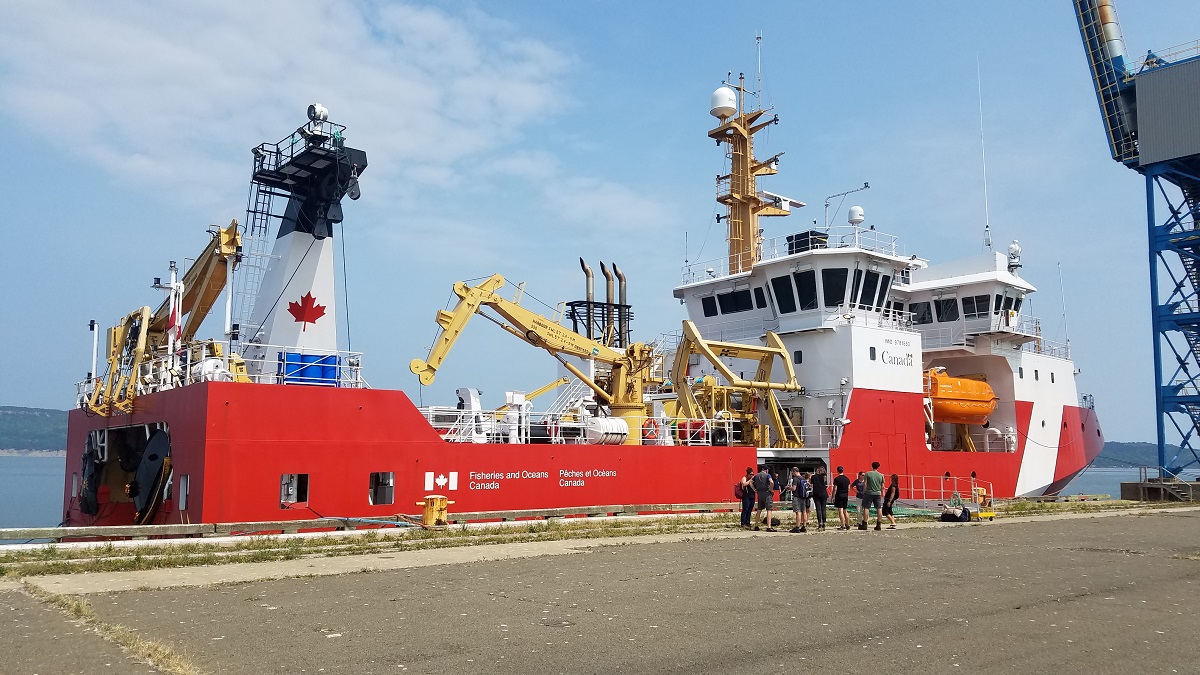Introduction to stock assessment
Module 1: Summary

Fisheries and Oceans Canada research vessel.
Photo credit: Gregory Puncher, DFO
- Fisheries management aims to promote the sustainable harvest of fish stocks and maintain healthy ecosystems. This is supported by sound science advice and the precautionary approach.
- In Canada, fisheries are managed by the department of Fisheries and Oceans Canada (DFO) for the benefit of all Canadians. As a science-based department, scientific integrity is essential to the work of DFO and its employees.
- Rights-holders and stakeholders contribute significantly to fisheries science in Canada.
- Where possible, stock assessments project how fish stocks will react to different management actions. Scientists can provide advice to managers about the risks and uncertainty associated with taking different management actions.
- Stock assessments estimate the status of a stock. Healthy, cautious, and critical status zones are created by defining reference points that act as boundaries between them.
- The limit reference point (LRP) is the stock status below which serious harm is occurring to the stock.
- The upper stock reference (USR) is the threshold below which fishing must be reduced to avoid reaching the LRP.
- The removal reference is the maximum removal rate of a fish stock.
- The target reference point (TRP) is the overall stock level target.
- A common approach used to define reference points is to estimate them based on a stock's maximum sustainable yield. Indicators are often used to describe what is known about a stock's status.
- Date modified: